In a world increasingly dominated by mass production and technology, the art of handcrafting remains a treasured link to our cultural heritage. Across the globe, there are rare skills that have been carefully preserved and passed down through generations, each requiring precision, patience, and a deep understanding of materials. These handcrafting techniques, often rooted in ancient traditions, produce items of exceptional beauty and quality, reflecting the craftsmanship and dedication of those who practice them. In this article, we delve into the top 8 most rare handcrafting skills, celebrating the artisans who continue to keep these age-old traditions alive, despite the challenges of modern times.
Batok Hand Tapping (Apo Whang Od)

Batok, the traditional art of hand-tapped tattooing, is an ancient practice from the Philippines, particularly among the Kalinga people. Apo Whang Od, one of the last remaining practitioners, has become a living symbol of this endangered craft. This technique involves using a thorn, usually from a calamansi or pomelo tree, attached to a bamboo stick to manually tap ink into the skin. The designs often carry deep cultural significance, symbolizing bravery, status, and beauty. As modern tattooing methods become more widespread, the art of batok is at risk of being forgotten. However, efforts to preserve this craft continue, with Whang Od teaching the younger generation the intricacies of this age-old tradition.
Navajo Rug Weaving (USA)
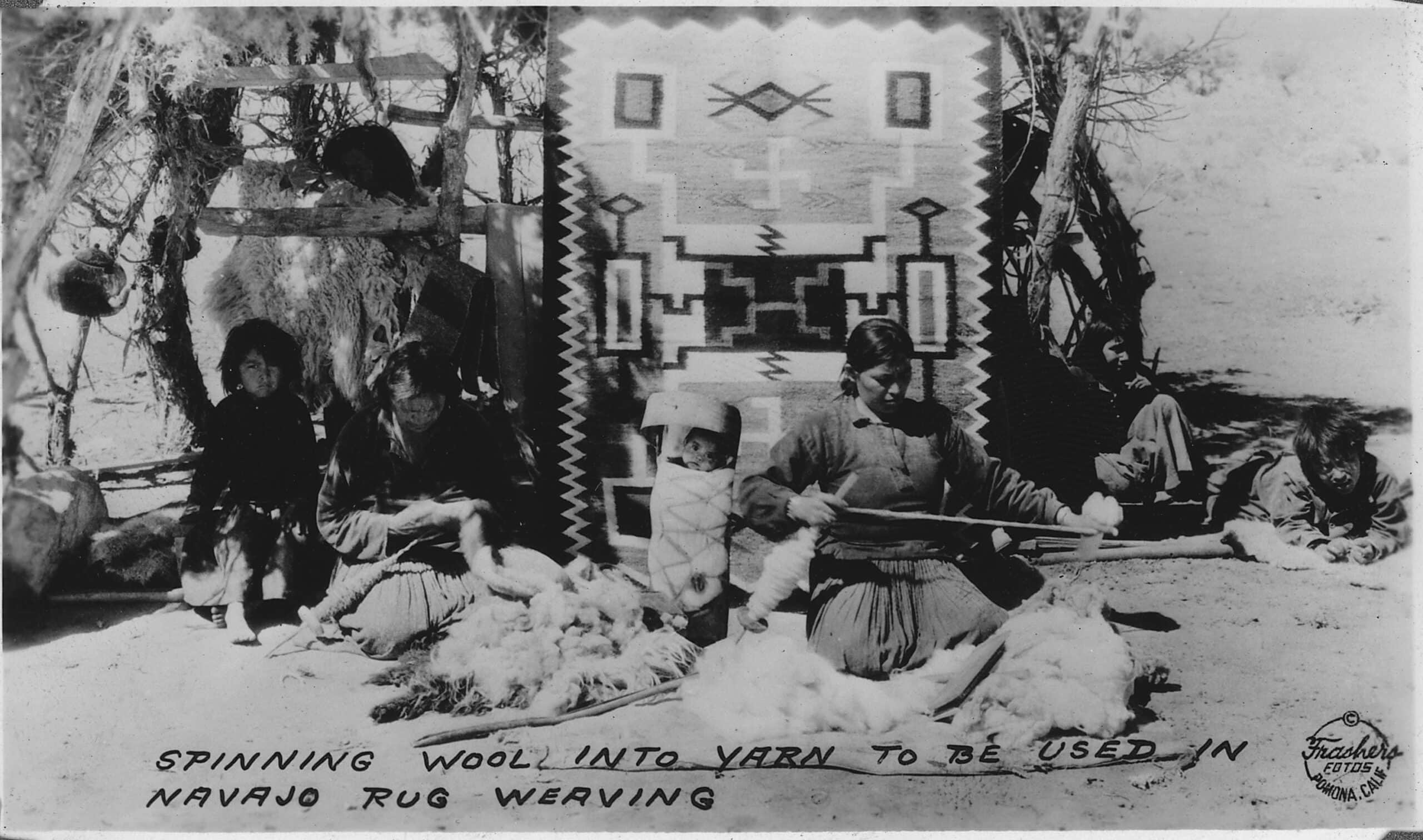
Navajo rug weaving is a highly skilled and culturally significant craft practiced by the Navajo people of the American Southwest. This tradition dates back to the 17th century and is renowned for its intricate geometric patterns and vibrant colors, which are often derived from natural dyes. Each rug tells a unique story, representing the weaver’s creativity, heritage, and connection to the land. The process is labor-intensive, involving hand-spinning wool and weaving on an upright loom. Despite the cultural and artistic value of these rugs, fewer young people are learning the craft, making it a rare skill. Navajo rugs are highly sought after by collectors, but the future of this craft depends on the preservation of traditional techniques and the passing down of knowledge to new generations.
Coppersmithing
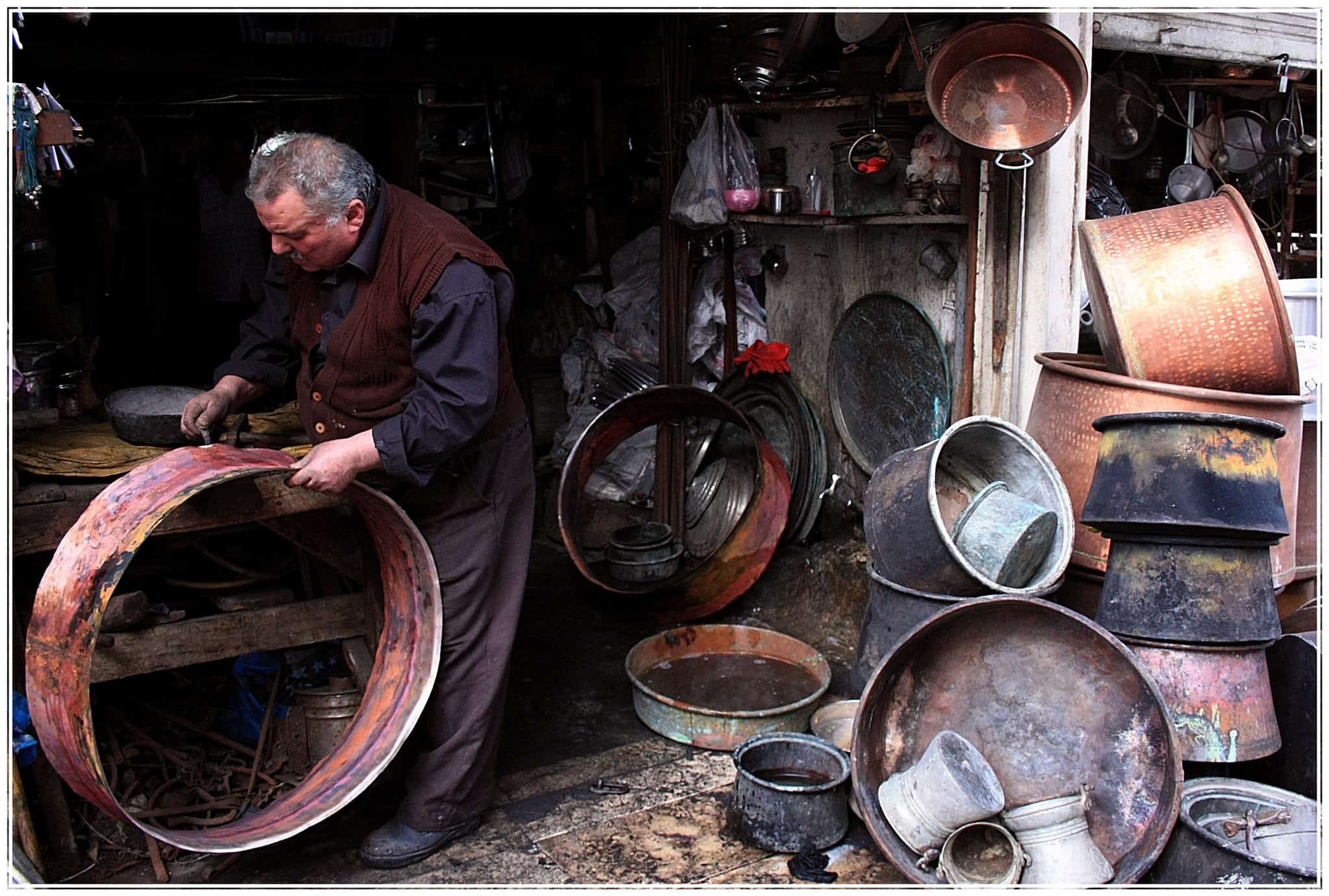
Coppersmithing, the craft of shaping copper into functional and decorative objects, is one of the oldest metalworking skills in human history. It involves techniques such as hammering, annealing, and engraving to create items ranging from cookware to ornate sculptures. Coppersmiths require not only physical strength but also an artistic eye and a deep understanding of metal properties. Despite its long history, the number of skilled coppersmiths has dwindled as industrial production methods have replaced traditional handcrafting. Today, only a few artisans continue to practice this craft, often in small workshops where they produce bespoke pieces that celebrate the unique qualities of copper. These artisans play a crucial role in preserving the techniques and knowledge that have been passed down through generations.
Inuit Soapstone Carving (Canada)
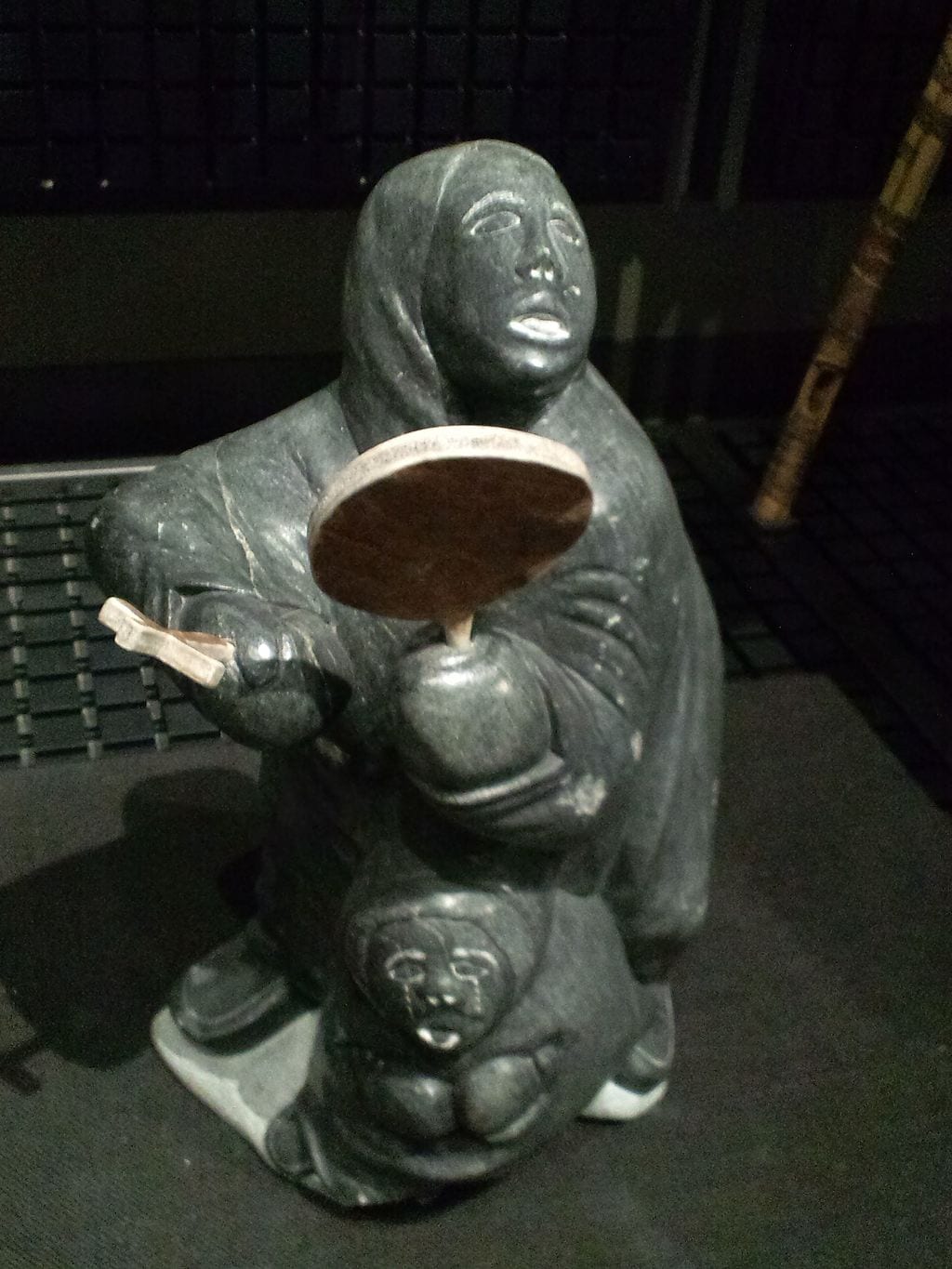
Inuit soapstone carving is a traditional art form practiced by the Inuit people of the Canadian Arctic. This craft involves carving locally sourced soapstone into intricate sculptures that often depict animals, spirits, and scenes from daily life. The carvings are known for their detailed and expressive forms, reflecting the carver’s deep connection to the natural world and Inuit mythology. The skill of soapstone carving is typically passed down through families, with each generation learning the techniques and stories that give the carvings their cultural significance. However, the isolation of Inuit communities and the impact of modern influences have made this craft increasingly rare. The continued practice of soapstone carving is essential for preserving Inuit cultural heritage and providing a source of income for indigenous artisans.
Huichol Bead Art (Mexico)
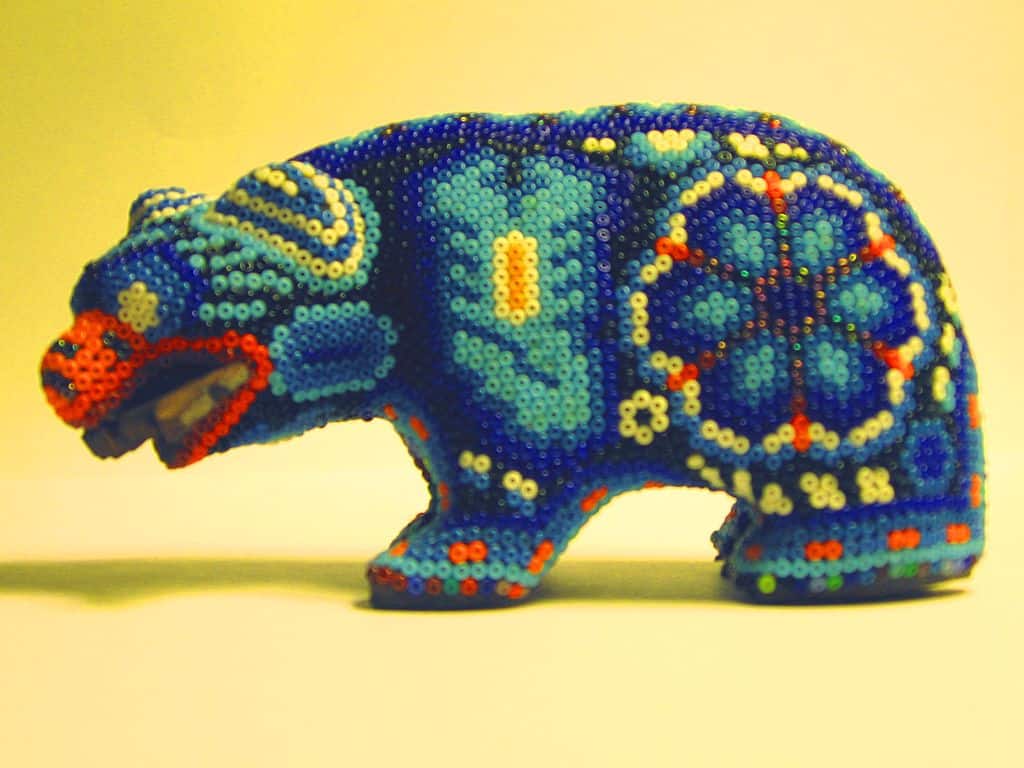
Huichol bead art is a vibrant and intricate form of indigenous craft from the Huichol people of Mexico. This art involves pressing colorful beads into beeswax on wooden or ceramic objects, creating detailed designs that often depict spiritual symbols and natural elements. The craft is deeply rooted in Huichol culture, with each piece reflecting the artisan’s connection to their ancestors and the spiritual world. Huichol bead art is traditionally passed down through generations, with young artisans learning the techniques and symbolism from their elders. However, the influence of modernity and the commercialization of Huichol art have put this craft at risk. Preserving the authenticity and cultural significance of Huichol bead art is crucial for maintaining the heritage of the Huichol people.
Straw Hat Making
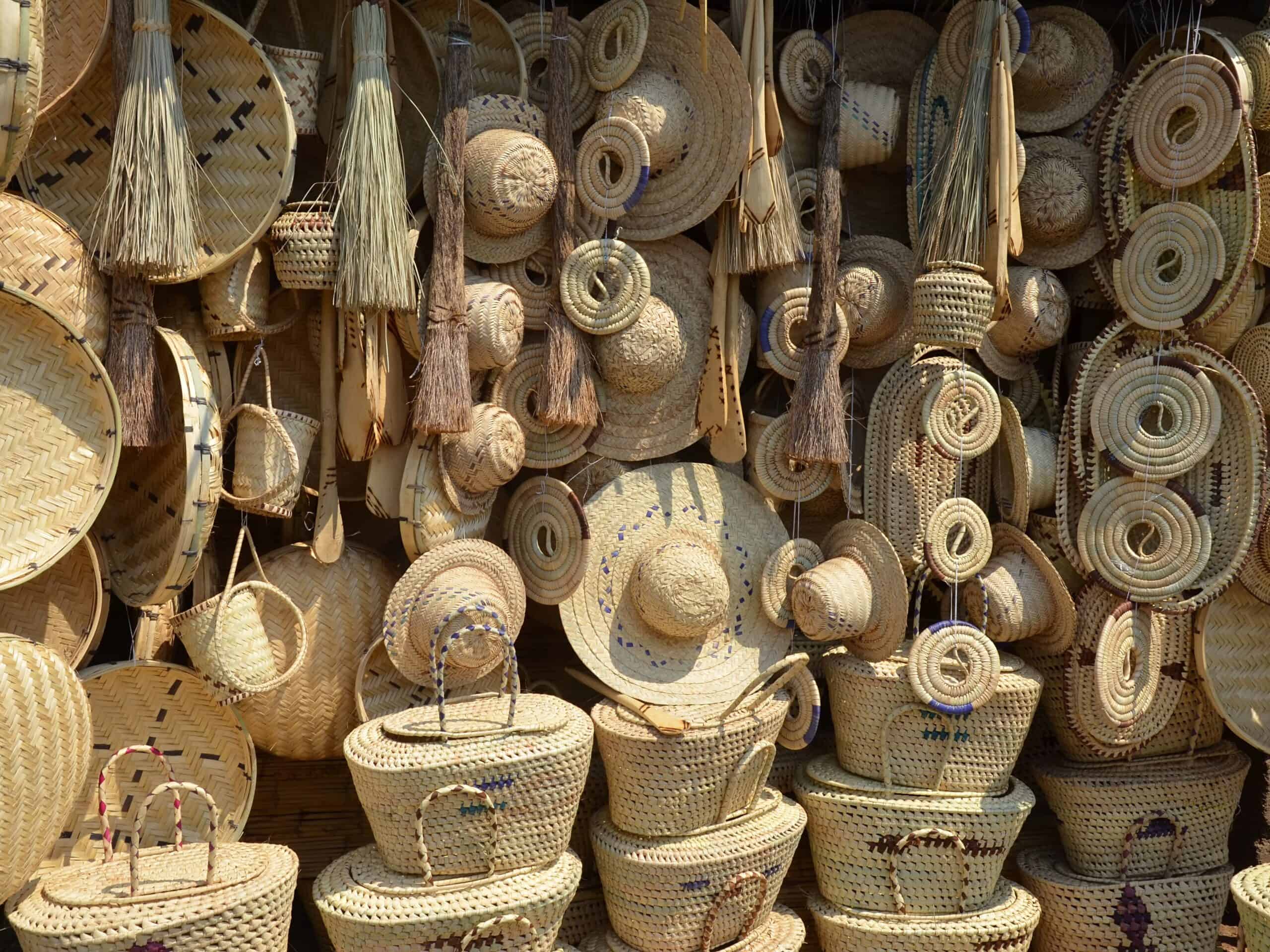
Straw hat making is a traditional craft that involves weaving straw or other plant materials into hats that are both functional and stylish. This craft has been practiced for centuries in various cultures around the world, with each region developing its own unique styles and techniques. The process of making a straw hat requires skill and patience, as the materials must be carefully selected, prepared, and woven to create a durable and attractive finished product. Straw hat making has declined in recent years due to the availability of mass-produced hats and changing fashion trends. However, efforts to preserve this craft are underway, with artisans working to pass on their knowledge to new generations.
Maori Wood Carving (New Zealand)
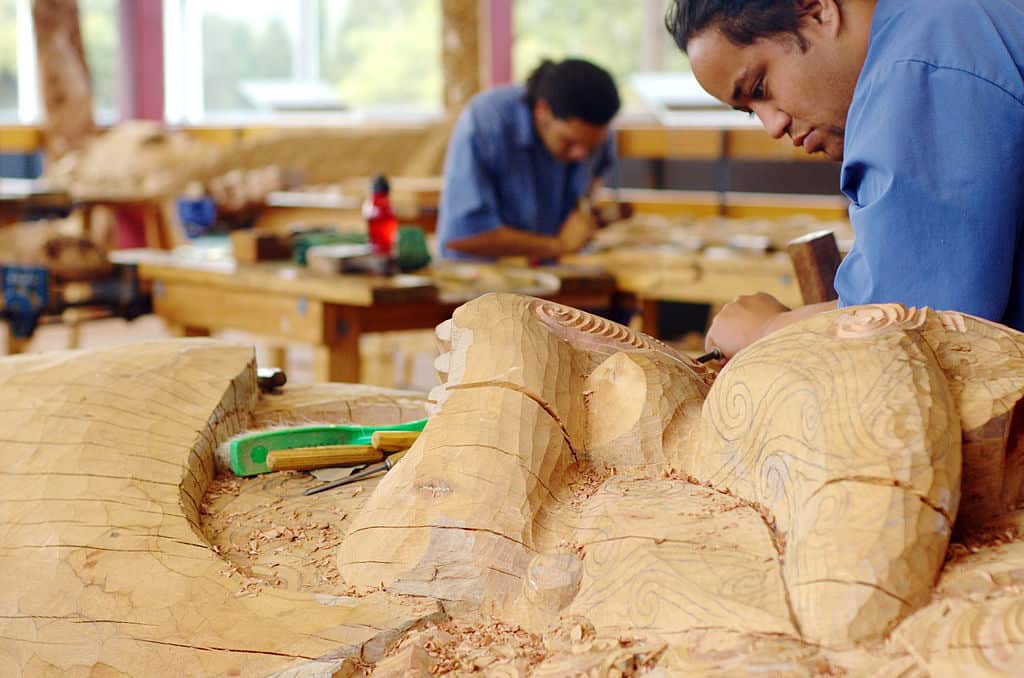
Maori wood carving is an ancient craft practiced by the Maori people of New Zealand. This intricate art form involves carving native woods such as totara and kauri into figures and symbols that hold deep cultural and spiritual significance. The carvings often depict ancestors, gods, and mythological creatures, with each piece telling a story of Maori heritage and beliefs. Maori wood carving is traditionally passed down through generations, with young carvers learning the techniques and symbolism from their elders. However, the modernization of society and the loss of traditional knowledge have made this craft increasingly rare. Preserving Maori wood carving is essential for maintaining the cultural heritage and identity of the Maori people.
Marionette Making
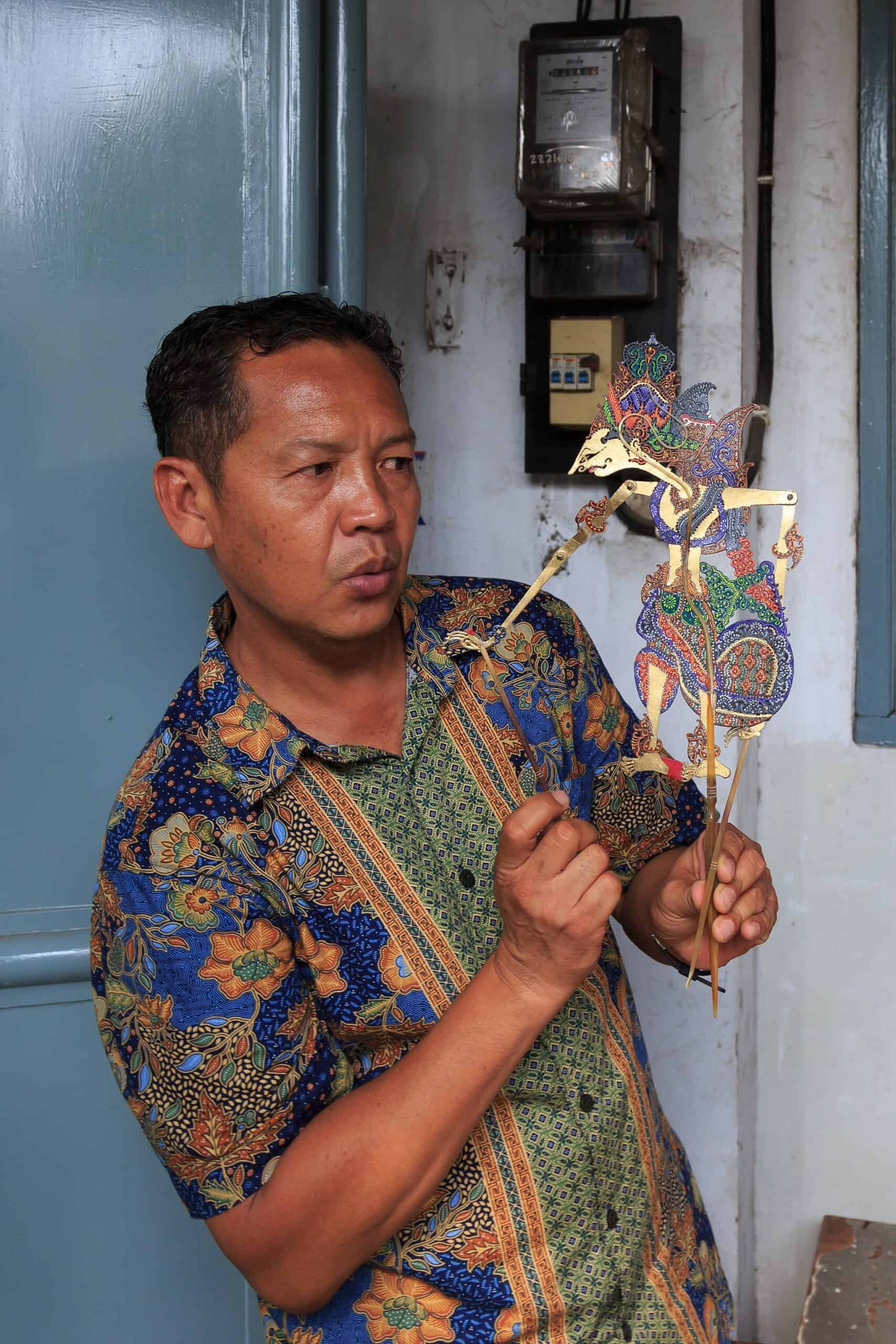
Marionette making is the craft of creating hand-carved puppets that are controlled by strings or rods. This art form has a long history in European theater and storytelling, with each marionette crafted to represent a specific character or figure. The process of making a marionette requires skill in wood carving, painting, and costume design, as well as an understanding of the mechanics of movement. Marionette making has declined in recent years due to the rise of digital entertainment and the loss of traditional puppet theaters. However, efforts to preserve this craft are being made, with artisans working to pass on their knowledge to new generations and keep the tradition of marionette theater alive.
This article originally appeared on Rarest.org.
More from Rarest.org

Carnivorous plants have captivated enthusiasts for centuries with their unique adaptations and fascinating feeding mechanisms. These extraordinary plants have evolved to trap and digest insects and other small creatures, thriving in nutrient-poor environments where other plants struggle. Read more.
18 Remote Hot Springs with Healing Properties

Discovering remote hot springs is like finding hidden gems in nature’s treasure trove. These secluded spots offer not just breathtaking scenery but also healing waters rich in minerals. Read more.
13 Unexplained Mysteries from the Depths of the Ocean

The ocean is a vast, mysterious realm, covering over 70% of our planet yet largely unexplored. Beneath the waves lies a world filled with secrets that baffle scientists and ignite our imagination. Read more.
